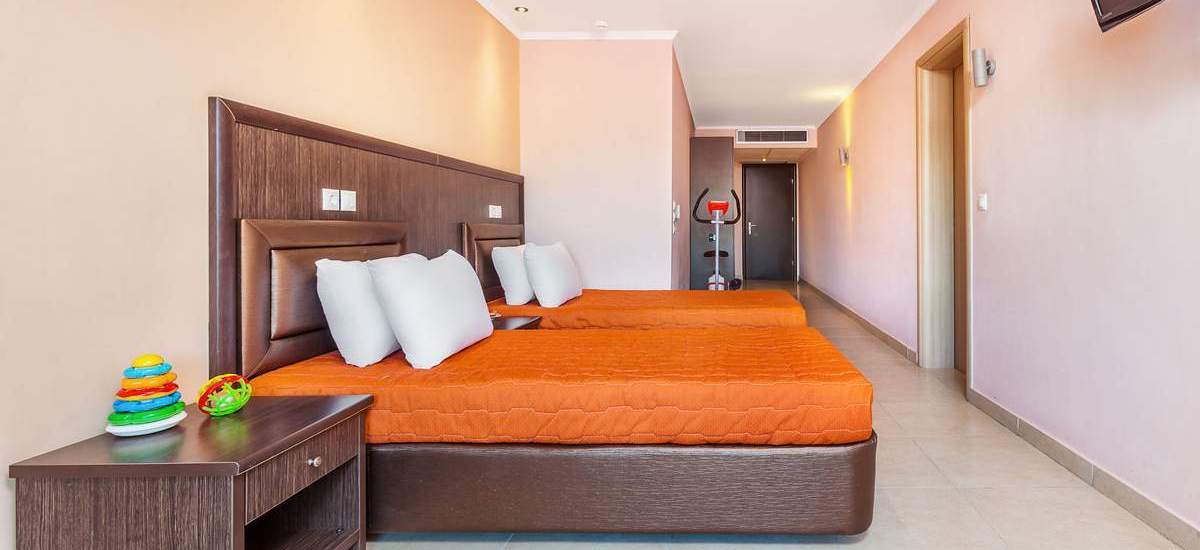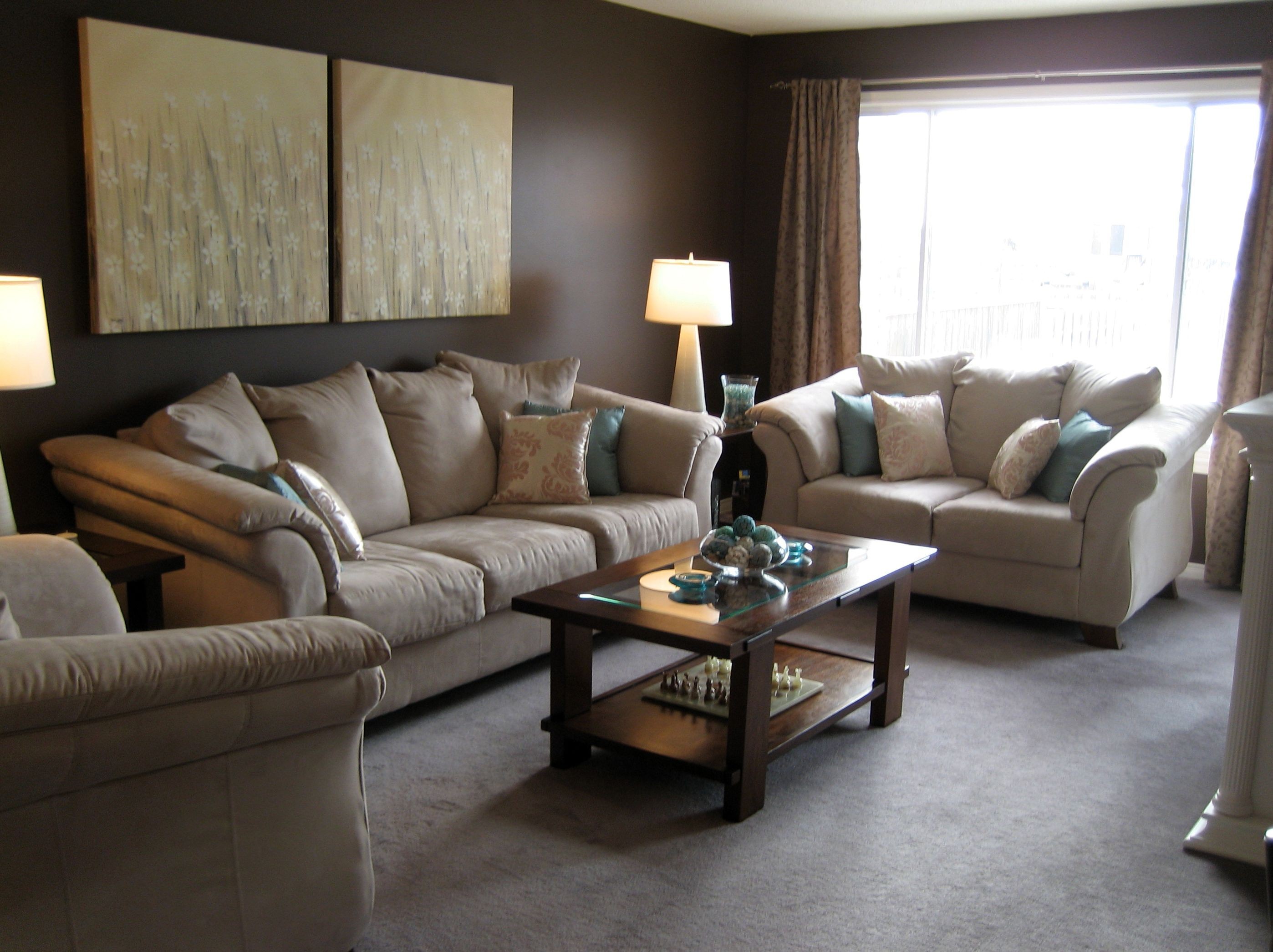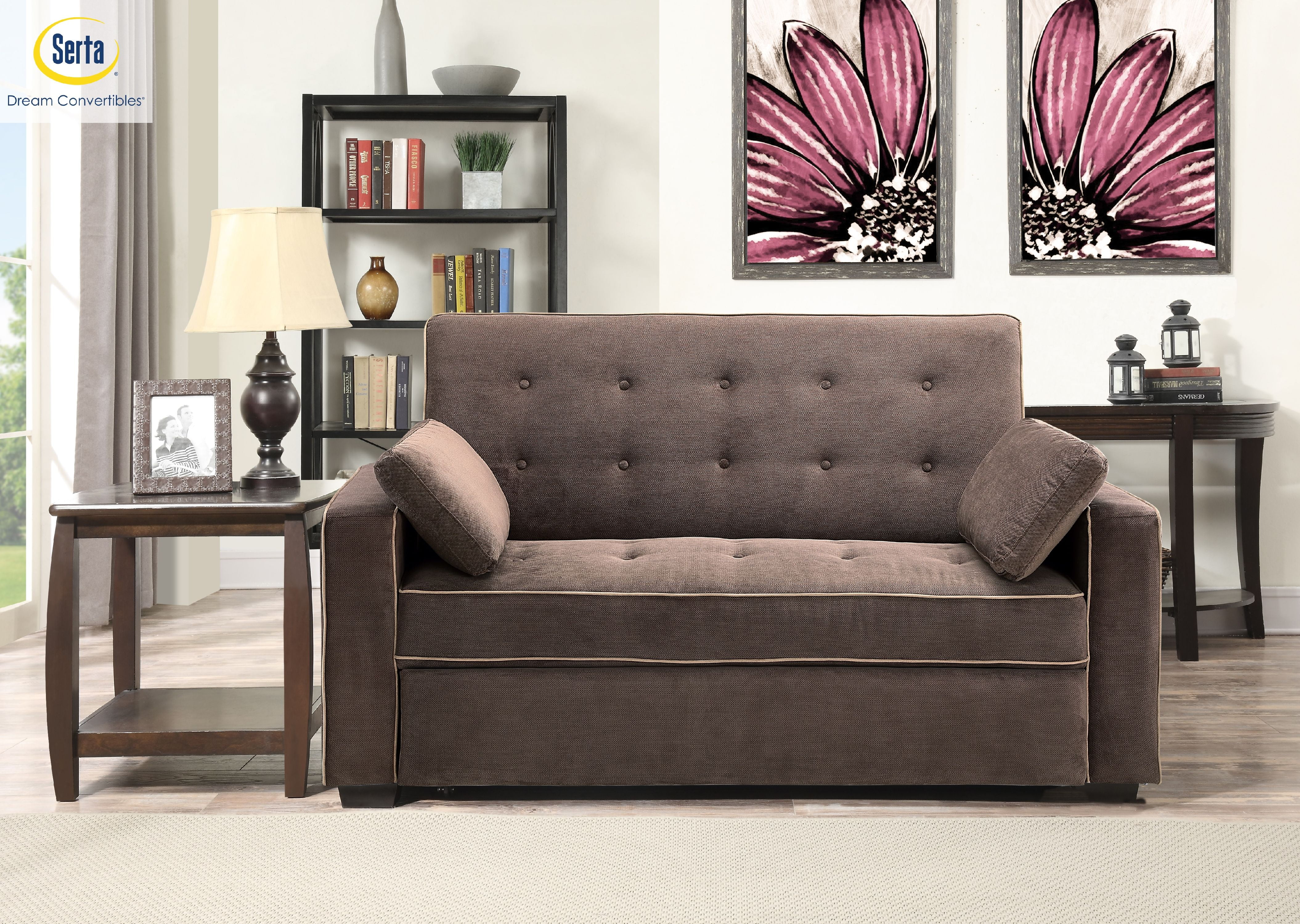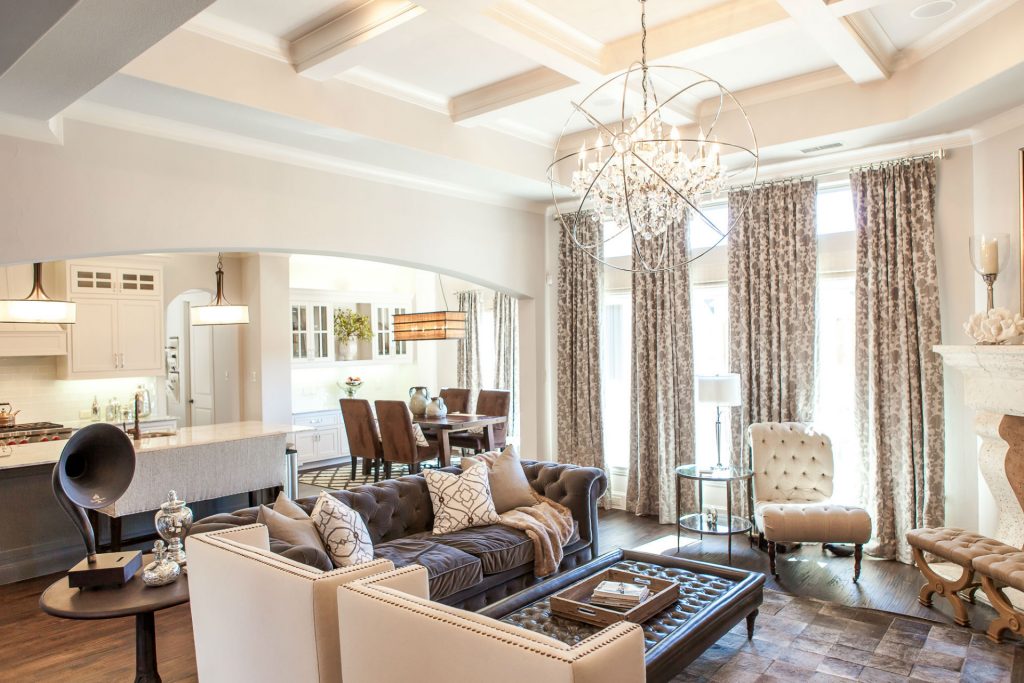When it comes to designing and decorating your home, two common spaces that often get confused are the living room and the family room. While they may seem interchangeable, there are actually distinct differences between the two. Understanding these differences and the unique functions of each space can help you make the right choice for your home. In this article, we'll dive into the top 10 main differences between living rooms and family rooms.Living Room vs Family Room: What's the Difference?
First, let's clarify the definition of each space. A living room is a formal space where homeowners typically entertain guests. It is often located near the front entrance of the home and is designed to make a good first impression. A family room, on the other hand, is a more casual gathering space for family members to relax, watch TV, and spend quality time together. It is usually located near the kitchen and serves as the heart of the home.Understanding the Distinction Between Living Room and Family Room
One of the main differences between these two spaces is their purpose. While a living room is meant for entertaining and impressing guests, a family room is a more intimate space for the family to bond and spend time together. This difference in function also affects the design and layout of each space. Living rooms are typically more formal and elegant, with high-quality furniture and decorative accents. They often have a focal point, such as a fireplace or large artwork, and are designed to be visually appealing. On the other hand, family rooms are more relaxed and cozy, with comfortable seating and a focus on functionality. They are meant to be lived in and enjoyed on a daily basis.Key Differences Between Living Room and Family Room
When deciding between a living room and a family room, it's important to consider your lifestyle and the needs of your family. If you frequently host guests and want a space to impress them, a living room may be the better choice. However, if spending quality time with your family is a top priority, a family room may be the ideal option. It's also worth considering the size and layout of your home. If you have a smaller space and need to maximize every square foot, combining your living room and family room into one multi-functional space may be the best solution.Living Room vs Family Room: Which One is Right for You?
Another key difference between living rooms and family rooms is the level of formality. Living rooms are typically more formal and often reserved for special occasions. They may have luxurious features such as chandeliers, silk drapes, and expensive furniture. In contrast, family rooms are more casual and can handle the wear and tear of daily use. They are often designed for comfort, with plush sofas, cozy rugs, and family-friendly features like a TV and game console. Additionally, the furniture in a living room is often arranged in a symmetrical layout, creating a sense of balance and elegance. Family rooms, on the other hand, tend to have a more relaxed and eclectic arrangement, with a mix of seating options and often a focus on comfort over style.Exploring the Differences Between Living Room and Family Room
When determining which type of space is right for your home, it's important to consider the needs and preferences of your family. If you have young children, a family room may be a more practical choice as it can withstand stains and spills better than a formal living room. However, if you have older children or frequently host formal events, a living room may be a better fit. Another factor to keep in mind is the layout of your home. If you have an open floor plan, a combined living room and family room can create a seamless flow between the two spaces. However, if you have a more traditional home with a separate dining room, a formal living room may fit better with the overall aesthetic.Living Room vs Family Room: How to Choose the Right Space for Your Home
Apart from their distinct functions and design styles, there are a few other key differences between living rooms and family rooms. One of these is the level of privacy and noise control. As living rooms are often located near the front entrance of the home, they may not provide as much privacy as a family room, which is typically located in a more secluded part of the house. Additionally, living rooms are often designed to be on display and may not have as much storage space as a family room. This can make it challenging to keep the space organized and clutter-free, especially if you have children. Family rooms, on the other hand, are designed to be lived in, so they often have built-in storage solutions to help keep the space tidy.What Makes a Living Room Different from a Family Room?
While both living rooms and family rooms have their unique benefits, they also have their drawbacks. For example, a living room may not be as practical for everyday use, and the furniture and decor can be expensive. On the other hand, a family room may not provide as much of a wow factor for guests and can be more challenging to keep tidy. Ultimately, the decision between a living room and a family room comes down to your personal preferences and priorities. It's important to weigh the pros and cons of each space and consider your lifestyle before making a choice.Living Room vs Family Room: Pros and Cons of Each Space
By now, you should have a good understanding of the key differences between living rooms and family rooms. To recap, living rooms are formal, elegant spaces designed for entertaining guests, while family rooms are more casual and functional spaces for the family to gather and spend time together. Understanding the purpose and function of each space is crucial in making the right choice for your home.Understanding the Purpose and Function of Living Rooms and Family Rooms
Ultimately, the decision between a living room and a family room depends on your lifestyle and the needs of your family. If you enjoy hosting guests and want a space to impress them, a living room may be the better option. However, if you prioritize spending quality time with your family and need a space that can handle everyday wear and tear, a family room may be the ideal choice. Whichever space you choose, with the right design and decor, both living rooms and family rooms can be beautiful and functional additions to any home.Living Room vs Family Room: Which One is More Suitable for Your Lifestyle?
The Purpose of Each Room

Different Uses for Different Rooms
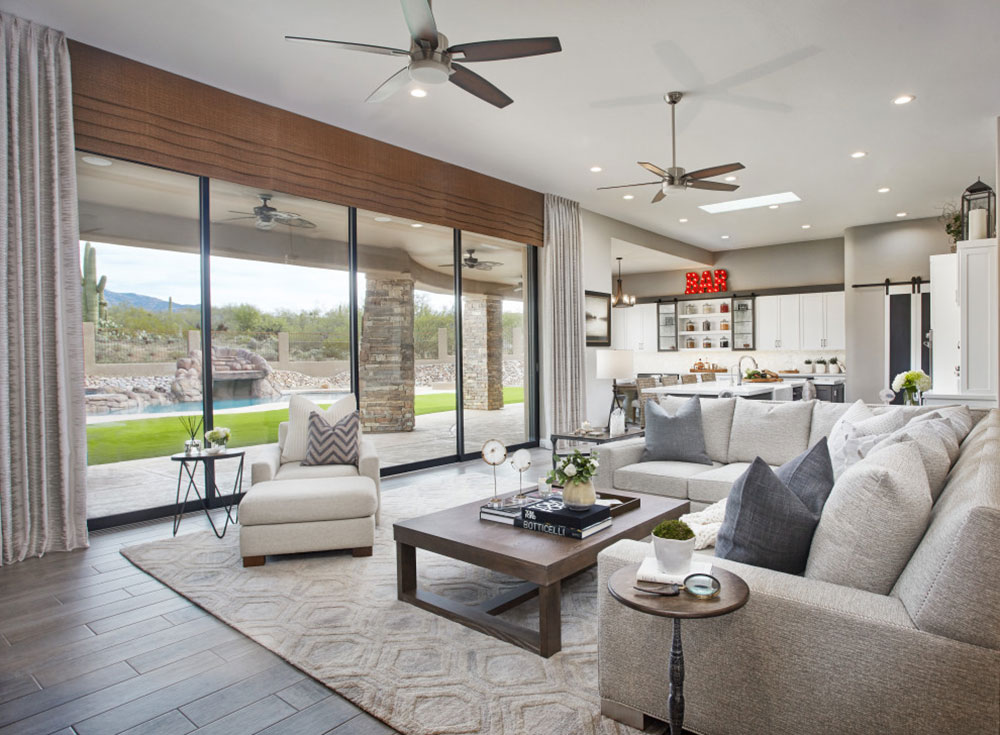 Aside from the physical design and layout, one of the main differences between a living room and a family room is their intended purpose. The living room is typically used for more formal gatherings and entertaining guests, while the family room is meant for more casual and relaxed activities. This is reflected in the furniture and decor choices of each room. In a living room, you may find more delicate and elegant pieces such as a chandelier or antique furniture, while a family room may have a comfortable sectional and a large TV for movie nights. The living room is often the first room guests see when entering a home, so it is designed to make a good impression. On the other hand, the family room is a space where the whole family can come together and spend quality time. This difference in purpose is important to consider when designing and decorating each room.
Aside from the physical design and layout, one of the main differences between a living room and a family room is their intended purpose. The living room is typically used for more formal gatherings and entertaining guests, while the family room is meant for more casual and relaxed activities. This is reflected in the furniture and decor choices of each room. In a living room, you may find more delicate and elegant pieces such as a chandelier or antique furniture, while a family room may have a comfortable sectional and a large TV for movie nights. The living room is often the first room guests see when entering a home, so it is designed to make a good impression. On the other hand, the family room is a space where the whole family can come together and spend quality time. This difference in purpose is important to consider when designing and decorating each room.





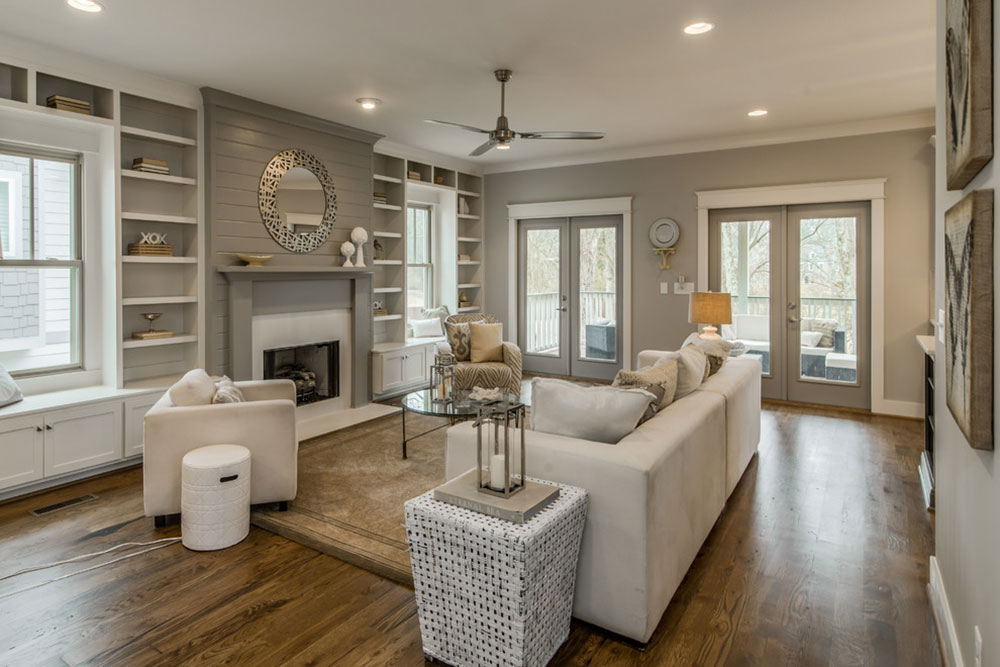
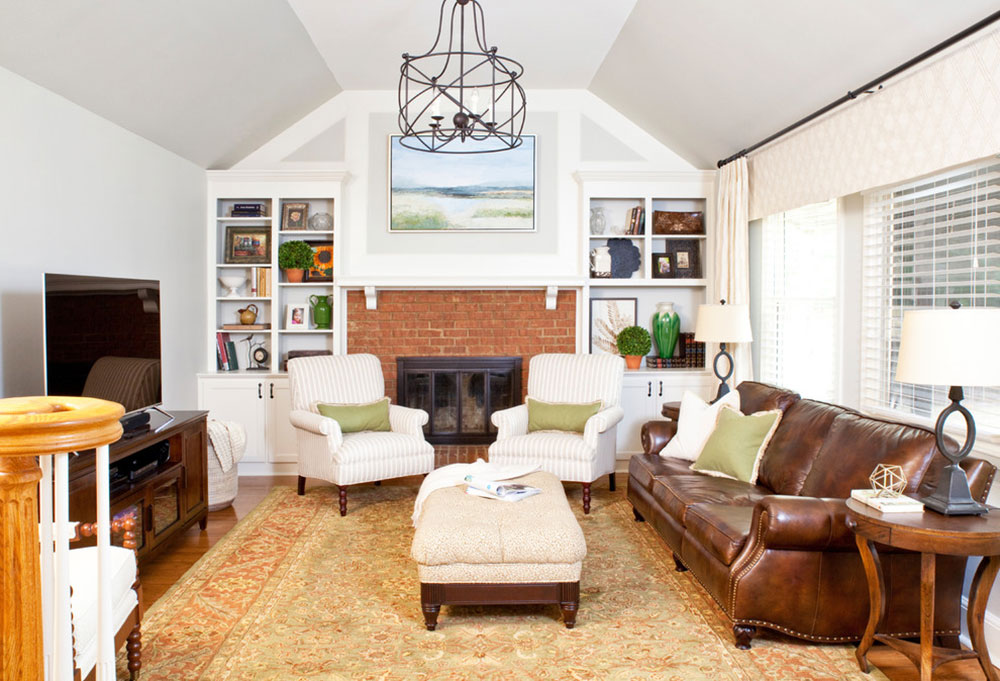
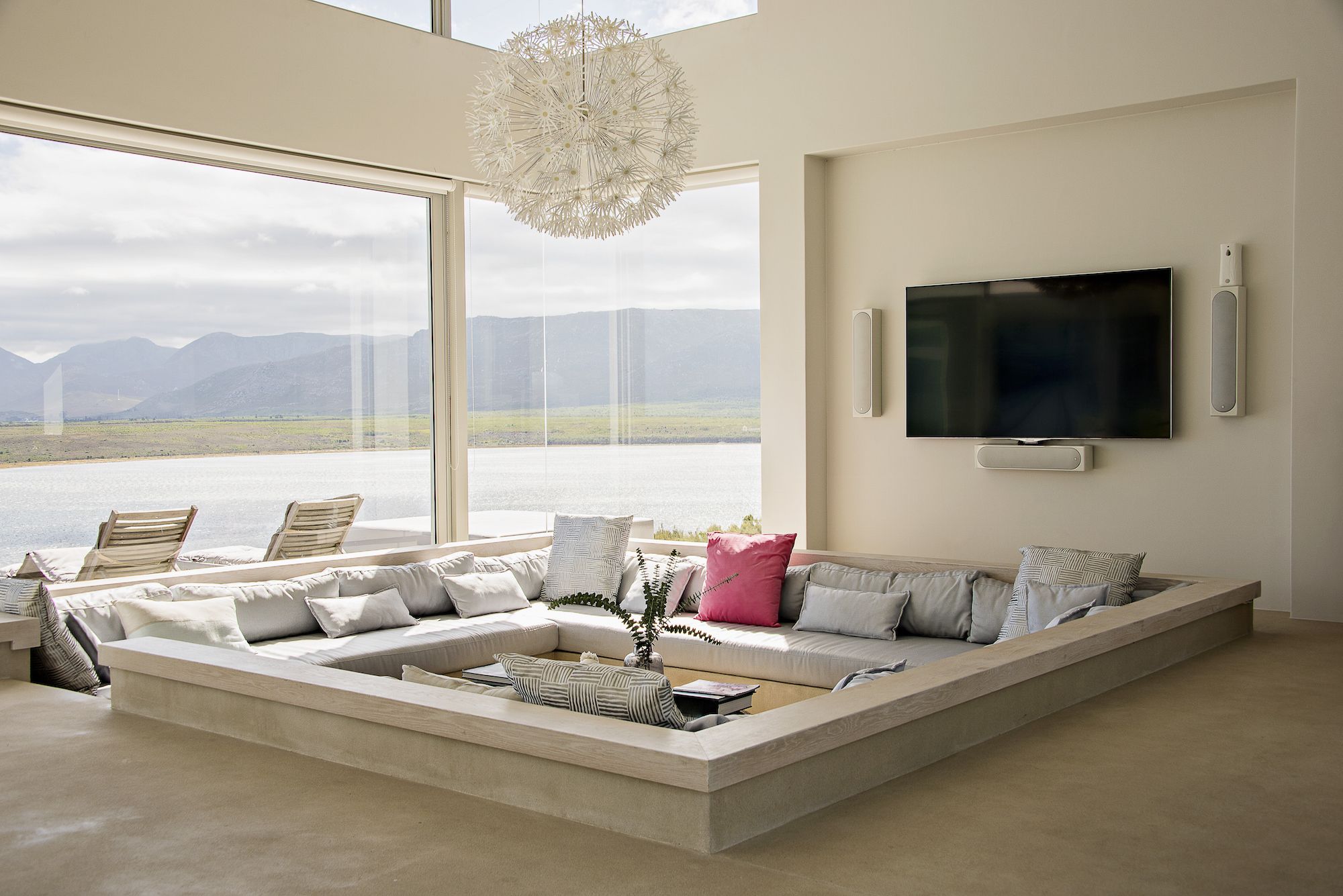
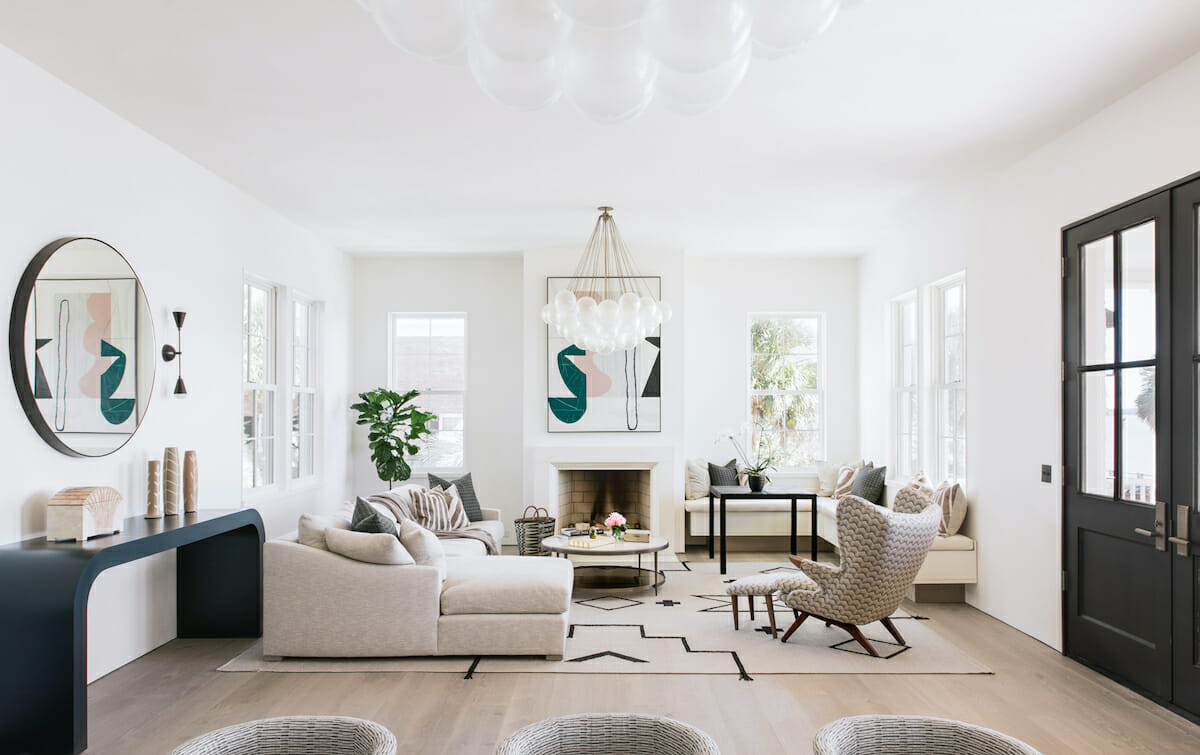

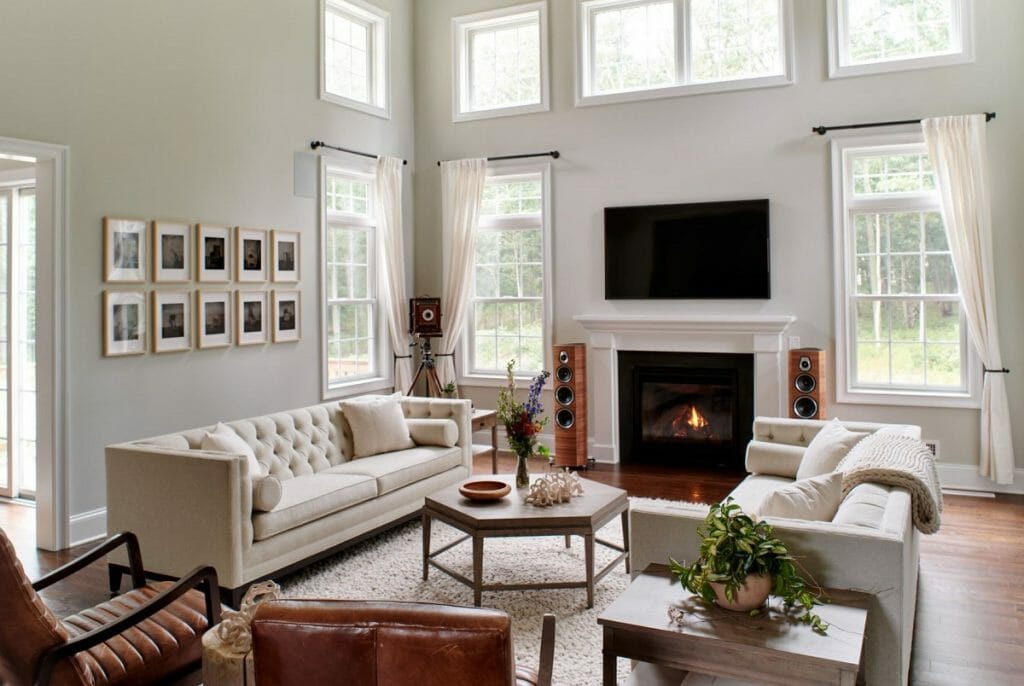
:max_bytes(150000):strip_icc()/6B2A0986-69199dad8c7b4b62b37bf73ef5a0095d.jpg)


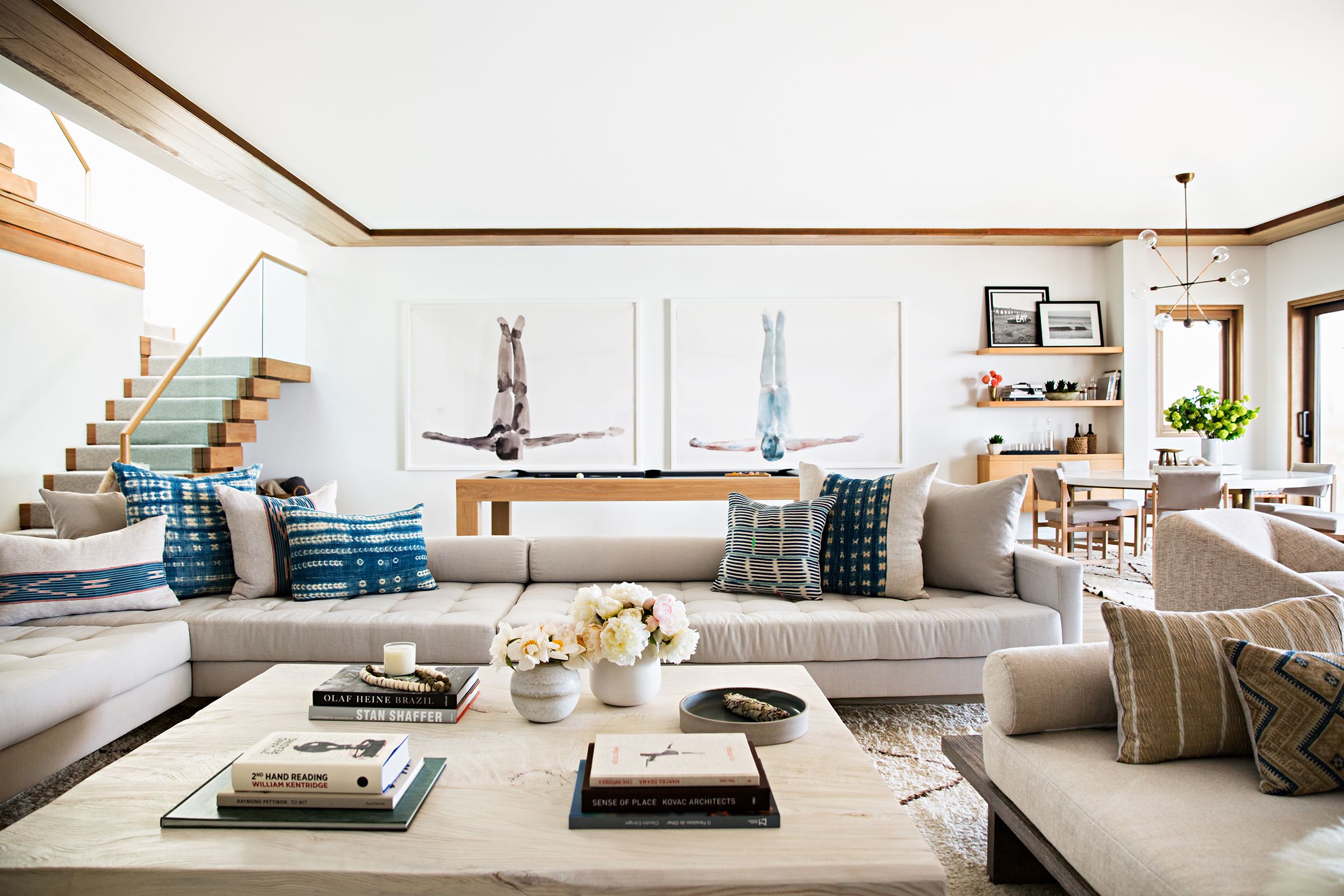

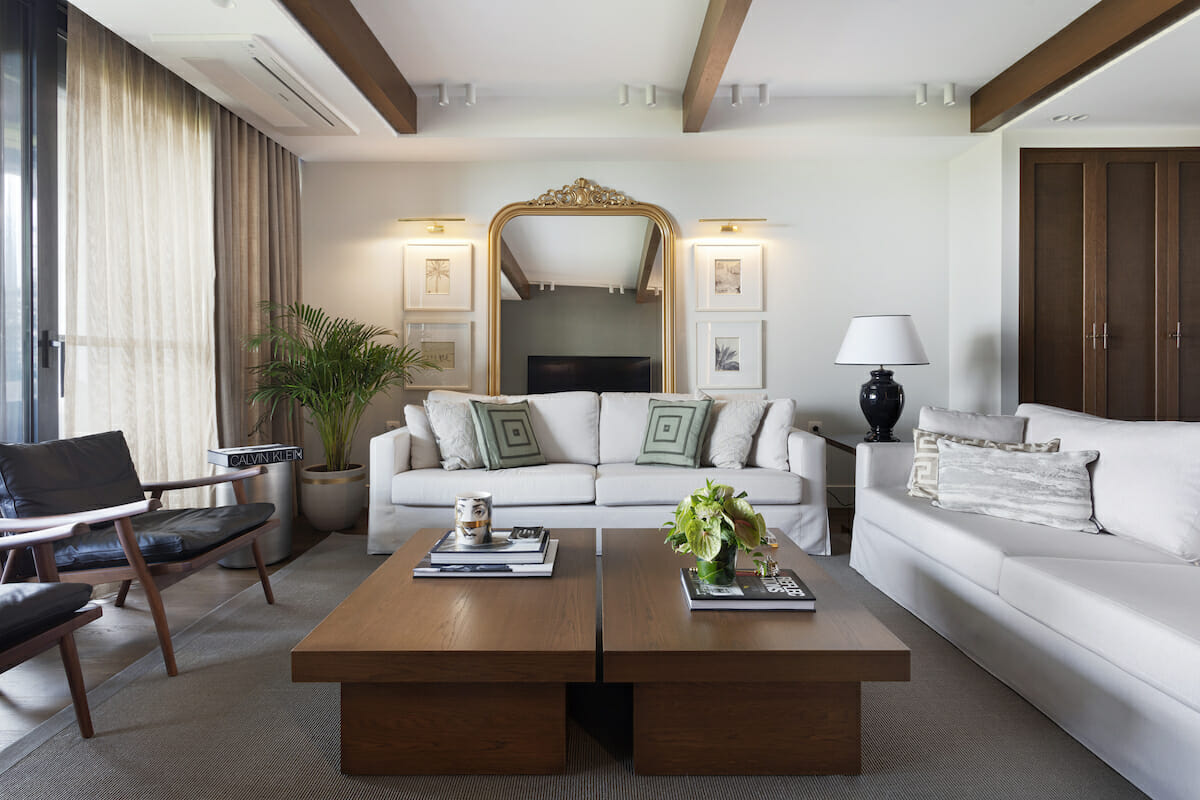





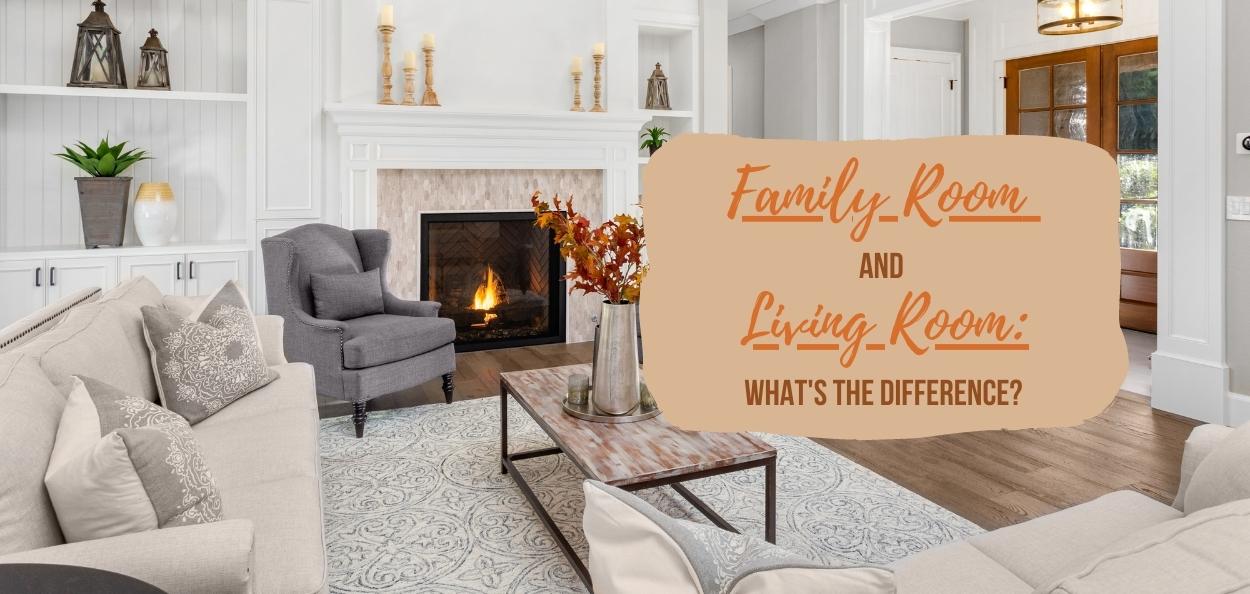
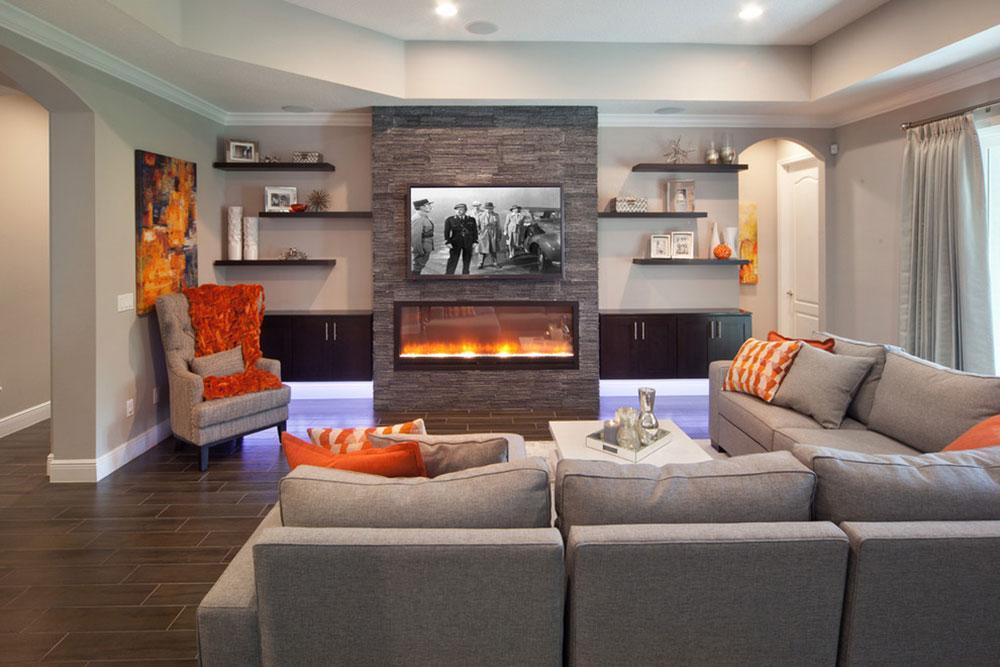
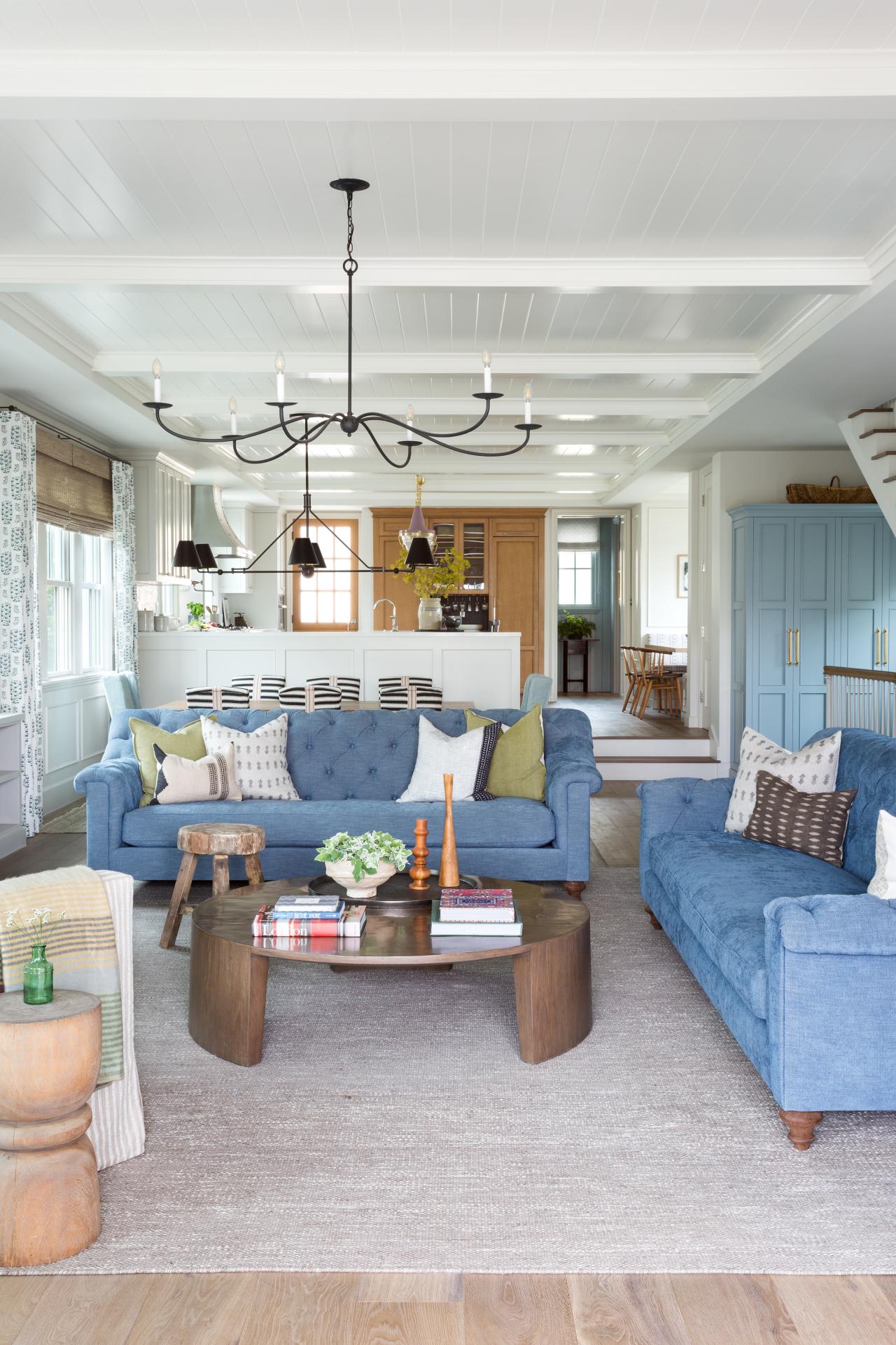



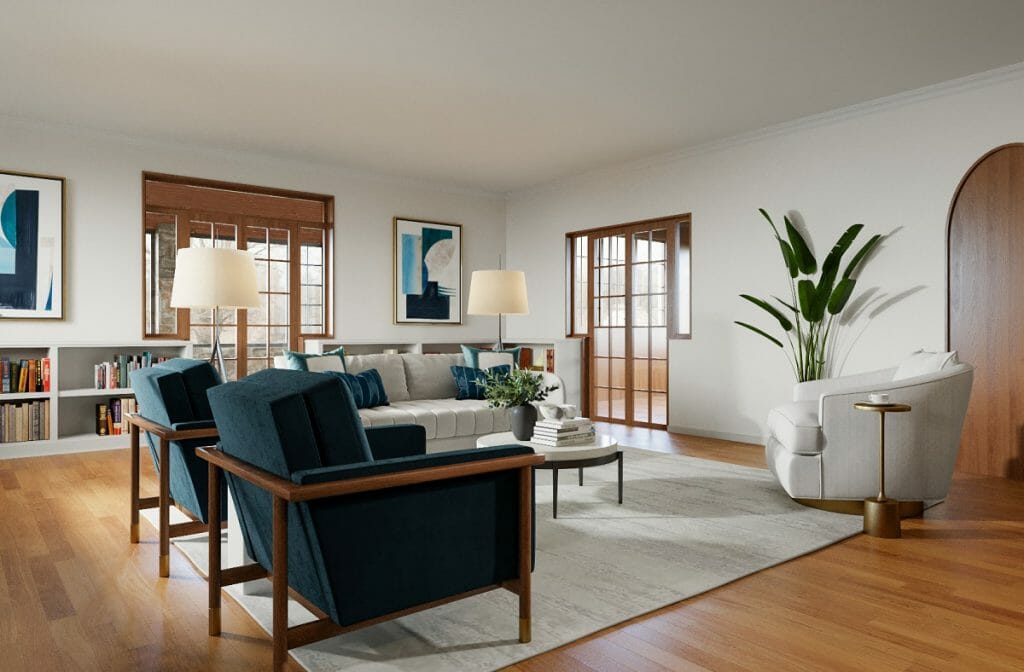















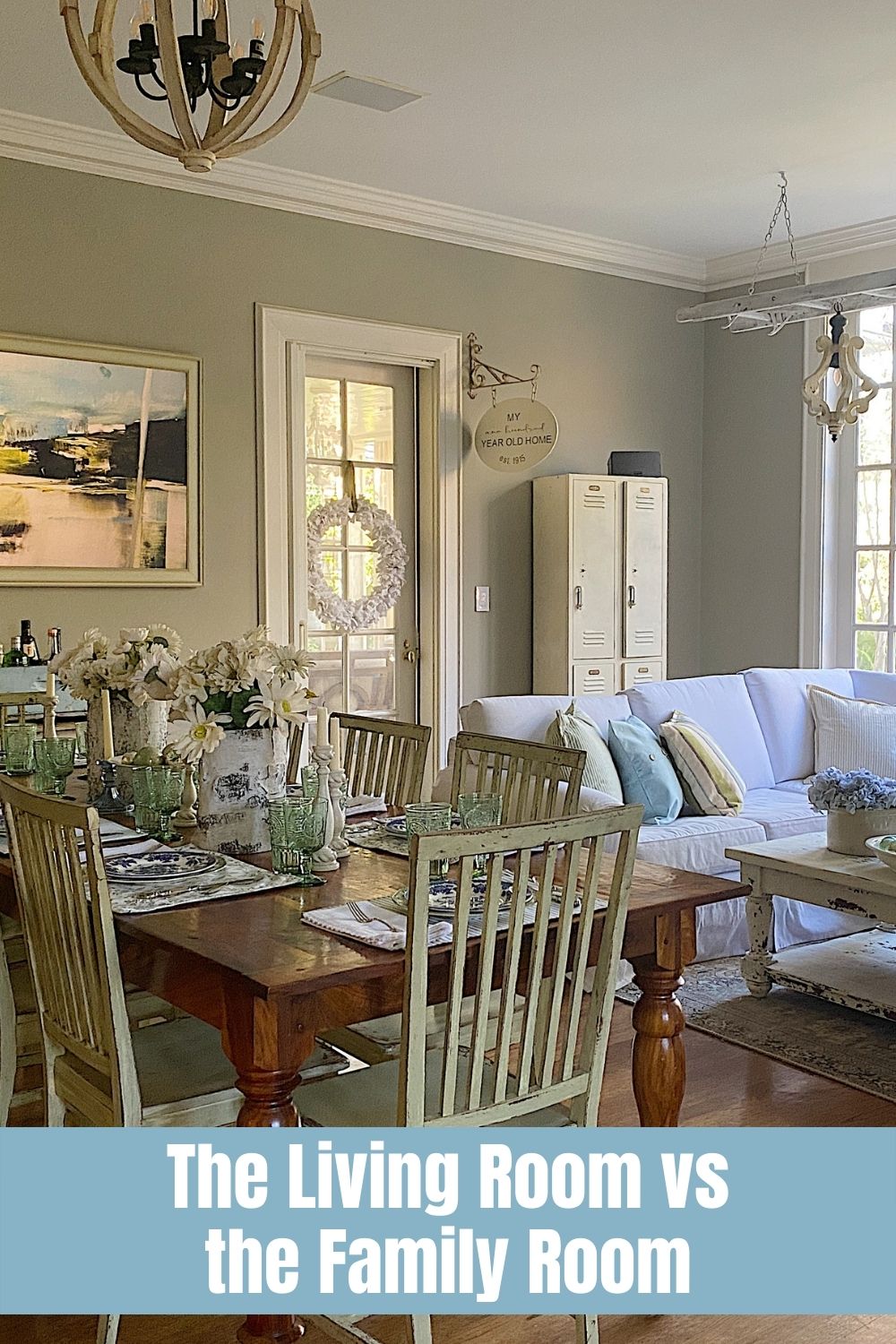

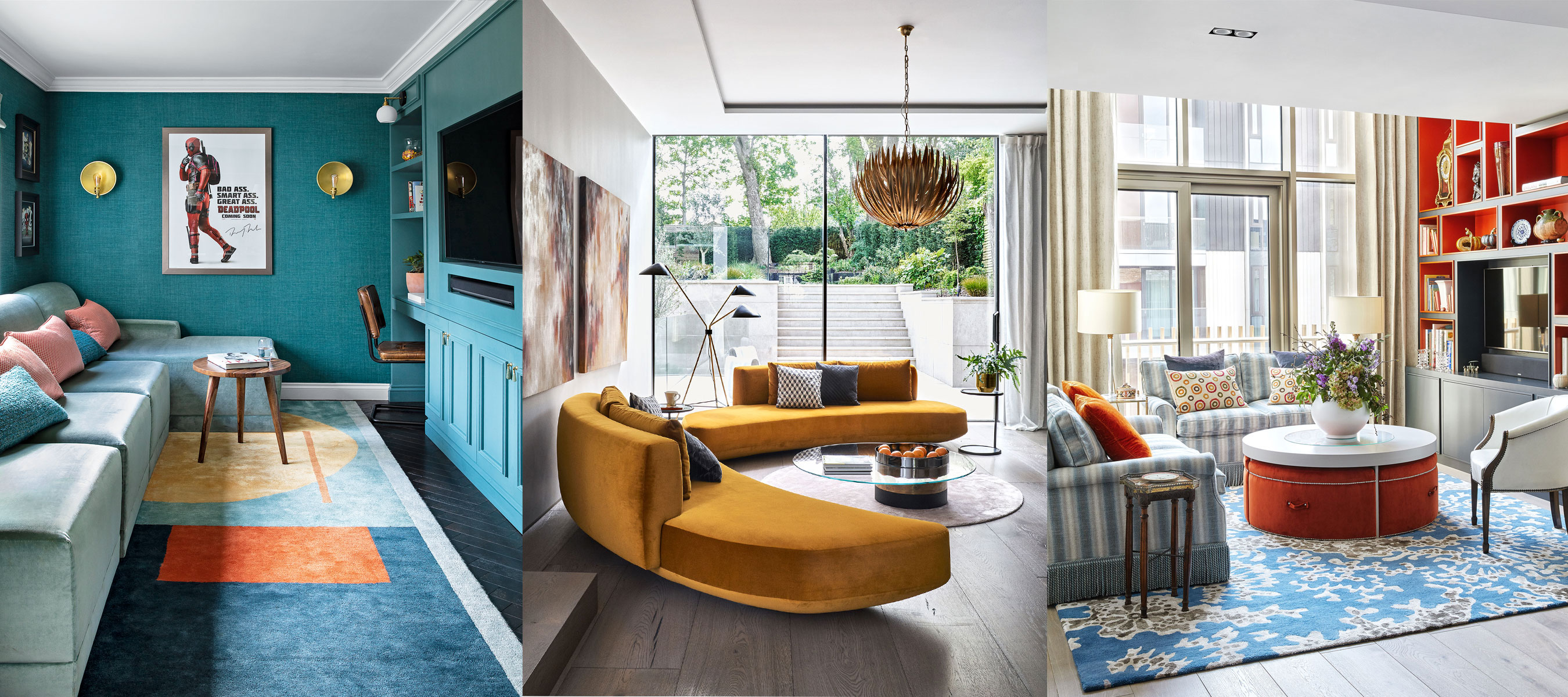




:max_bytes(150000):strip_icc()/Chuck-Schmidt-Getty-Images-56a5ae785f9b58b7d0ddfaf8.jpg)

